The 16th century may not be on your list as one of the most influential periods for influencing fashion, but it was the birth of something that has remained with us to this day: fashion illustration.
It was this time period that gave us the earliest examples of engravings in fashion. The interest in fashion came about due to increased exploration and discovery by civilisations, which led to a fascination with the costumes people wore throughout the world. Most notable of these works is Vecellio’s collection of engraved woodcuts, which provided people with the opportunity to see dresses from continents as far away as Africa and Asia.
The illustrating of fashion continued with Wenceslaus Hollar, a 17th-century engraver. It was The Earl of Arundel who met Hollar in 1636 and invited him to make etchings of the English way of life. The result was the beginning of his fashion-related etchings. The level of detail he created in his etchings was extraordinary, with people noting his depictions of fur muffs feeling as though you could ‘feel as if every hair of the fur is represented in the engraving’. See the image below for an example of the amount of detail Hollar could put into his etchings.
Hollar and other illustrators who drew the fashions of that period primarily etched their work. The way Hollar could create such detail in his fashion drawings was by using the intaglio technique that was developed at the start of the 16th century. Intaglio was considered ‘an easier form of etching than the earlier method, as the image burnt into the copper plate rather than incised with a piercing tool’.
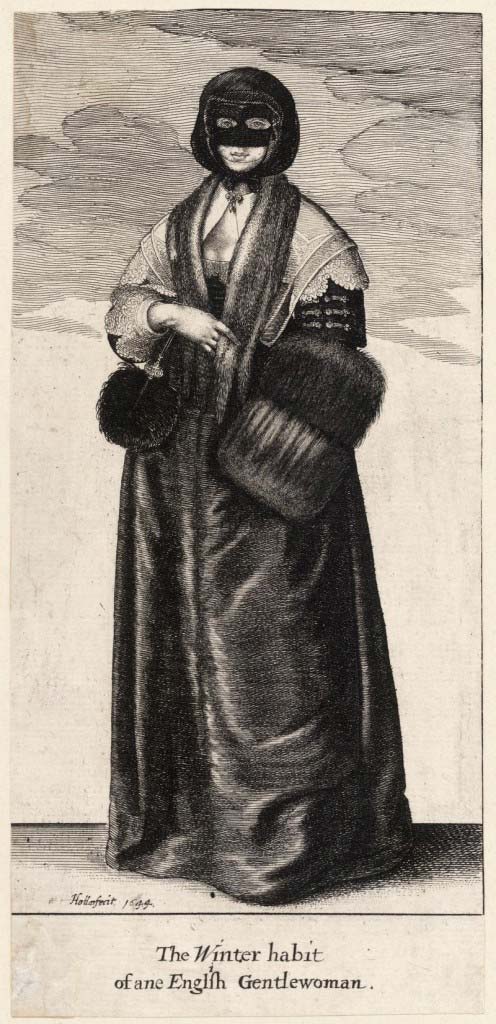
When these fashion illustrations were created with this process, an acid-resistant wax coat was used to protect the copper plate whilst a needle was used to draw the image onto the plate. When the drawing had been completed the plate would be immersed in an acid bath and the acid would burn into the needled areas to create a ‘first take’.
The artist would then be able to repeat the process, further engraving the areas they wanted to add a greater depth to. The result would be that the acid then creates a tone and shading that would show once the copper plate it used to press ink on the paper.
The intaglio process allowed artists at the time to produce drawings with expert detail and Hollar was a master of the technique. As a result, it is possible to see the smallest of details on his etchings, such as the stripes of a fabric or the small details on a shoe.
Hollar used this technique to illustrate his interest in recording the English way of life, which led him to publish engravings depicting women’s clothing of the time. These illustrations were drawn from life subjects, making them not only valuable historical documents but also some of the earliest examples of ‘fashion magazines’. Below is an example of the sort of image he could create for early fashion magazines.
The success at the time led to his work being continually published in journals and they became especially successful in France, which by then had become known as the centre of fashion. The result was the first fashion magazines had been created.
Not only was this the beginning of fashion ‘magazines’ but it was also a period of time that was pivotal in the history of British printmaking. Hollar continued his engravings by making a compilation of all the dresses worn in every class of society, named ‘Ornatus Muliebris Anglicanus’. He is also thought to have published over two thousand drawings in total and prior to his work there are few resources available of fashion drawings and illustrations of contemporary clothing for that time or earlier.
The fact that Hollar was an extraordinarily talented and prolific artist is emphasised by the fact that he was almost blind in one eye. His work has almost single-handedly provided us with an insight into Britain for that period of time.
Hollar was also somewhat of an experimenter when it came to engraving, he produced prints of virtually all the styles available at the time, from portraits to natural history prints and satires. There are even engravings that people will be familiar with today, such as the recording of the fire of London in 1666, where he created before and after images of the blaze. So, not only was he a large influence on fashion illustration, but he also helped historians have a better understanding of the architecture of that period a few of those buildings remain to this day.
Overall the middle of the 17th century was a period of amazing innovation for printed images and their trade, whether it was in fashion illustration or architecture.
Those interested in Hollar’s work can see it at the bpi 1700 corpus, though the most comprehensive series of his work can be found at the Wenceslaus Hollar Digital Collection at the University of Toronto.
Images via University of Toronto Wenceslaus Hollar Digital Collection and Wikipedia.
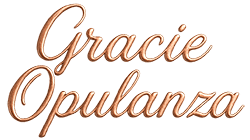



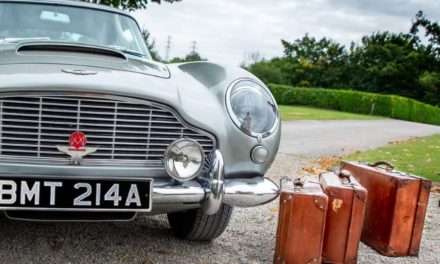
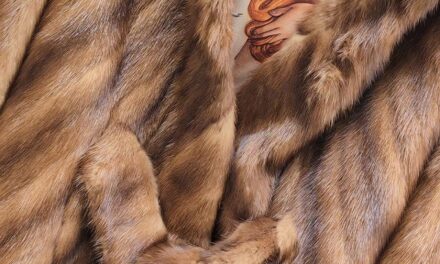

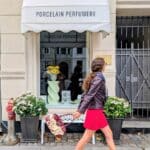
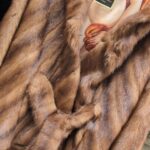

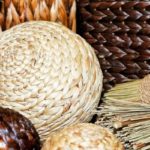
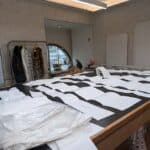
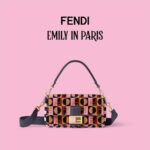




You must be logged in to post a comment.